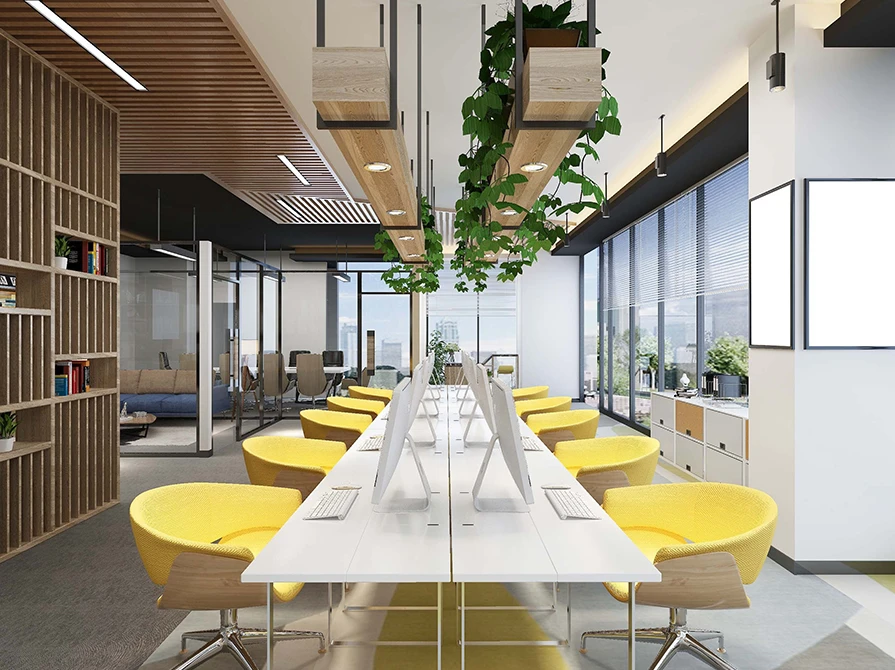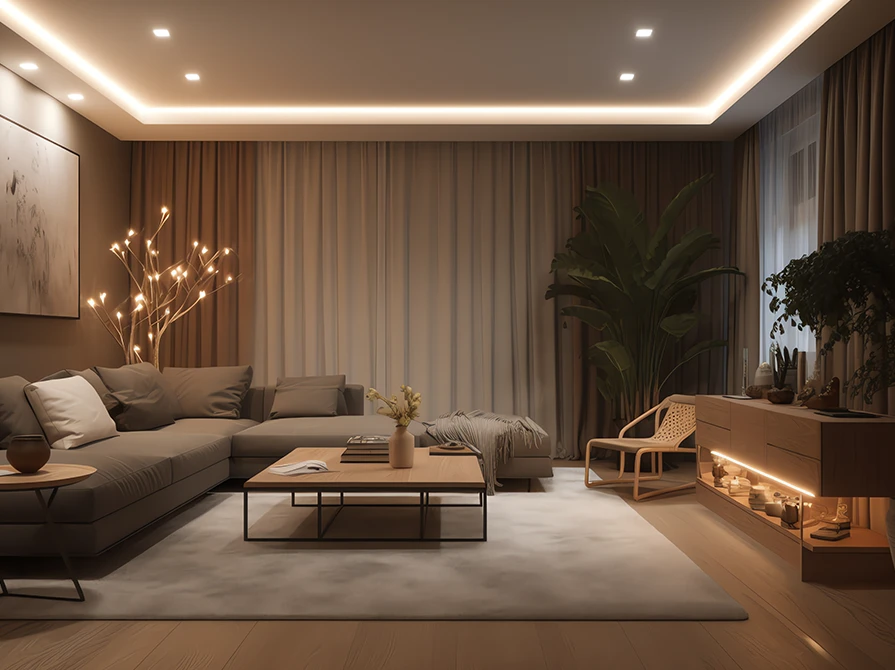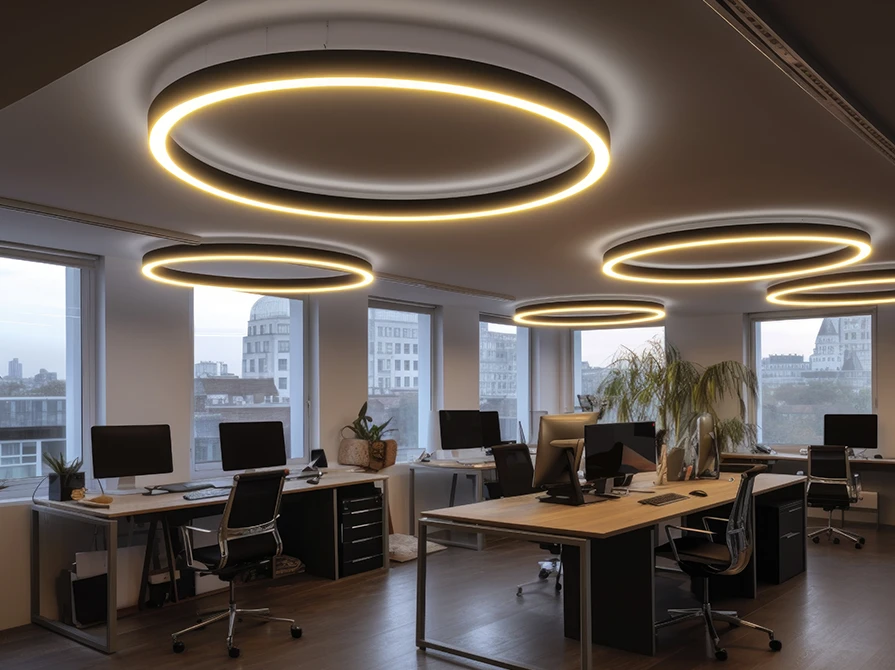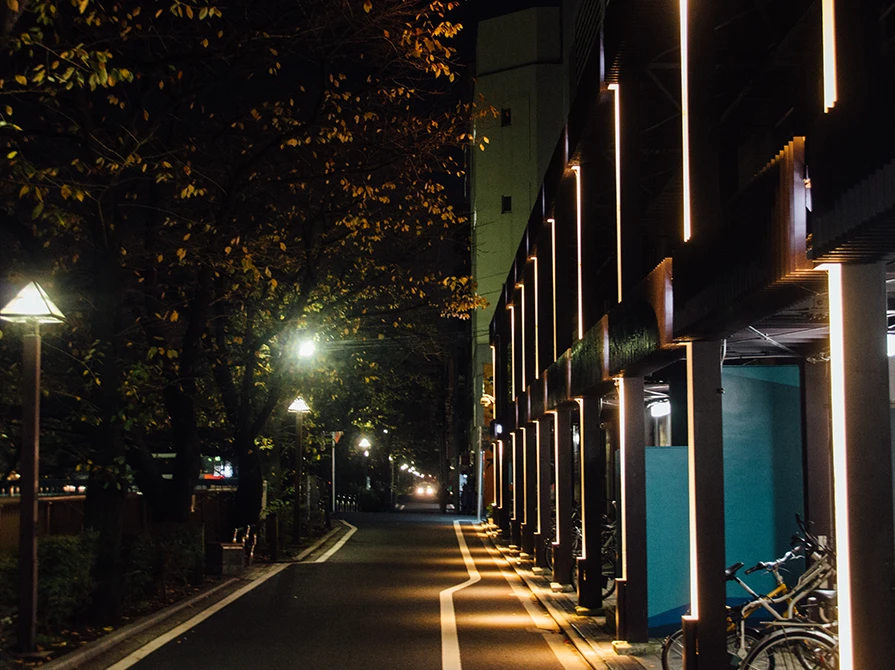

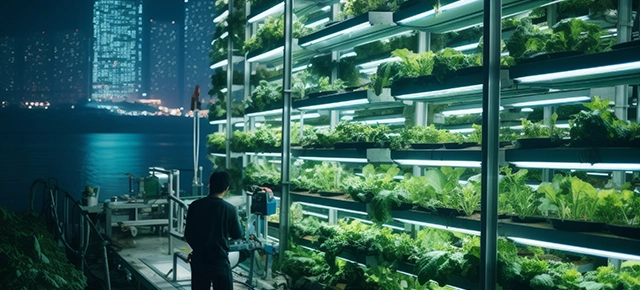
Food storage facilities play a crucial role in preserving the freshness and safety of perishable goods. Proper lighting is essential in these environments to ensure adequate visibility, maintain cleanliness, and comply with food safety regulations. In this blog, we will explore illumination strategies tailored to the unique requirements of food storage facilities, addressing factors such as hygiene, efficiency, and compliance.
In food storage facilities, maintaining strict hygiene standards is paramount to prevent contamination and ensure food safety. Hygienic lighting solutions are designed with materials and construction that minimize crevices where dirt and bacteria can accumulate. Additionally, fixtures with smooth, seamless surfaces and high ingress protection ratings ensure that no debris or moisture accumulates, reducing the potential for microbial contamination and facilitating thorough cleaning processes. Fixtures with smooth, seamless surfaces and high ingress protection ratings further enhance cleanliness by preventing the buildup of debris or moisture. By investing in hygienic lighting, food storage facilities can uphold stringent hygiene standards, mitigate microbial contamination risks, and maintain a safe environment for stored food products.
Adequate lighting levels are crucial for ensuring visibility and safety in food storage facilities. Consistent and uniform illumination throughout the storage area helps personnel navigate safely and identify products accurately, reducing the risk of accidents or mishaps. Lighting fixtures with high Color Rendering Index (CRI) values ensure that food items appear true to color, facilitating visual inspections and quality control checks to maintain product quality and integrity. By investing in fixtures with high CRI values, food storage facilities can ensure that employees can accurately assess the quality of products and identify any potential issues, thereby upholding stringent quality standards. Additionally, uniform illumination helps minimize shadows and dark spots, reducing the likelihood of errors and enhancing overall operational efficiency within the facility.
While maintaining optimal lighting levels is essential, energy efficiency is equally crucial to minimize operational costs in food storage facilities. LED lighting technology offers energy-efficient solutions that consume significantly less electricity compared to traditional lighting sources. Moreover, LED fixtures produce minimal heat, reducing the strain on cooling systems in temperature-controlled environments. By upgrading to LED fixtures, facilities can achieve substantial energy savings, lower utility bills, and contribute to sustainability initiatives by reducing their carbon footprint.
Food storage facilities must adhere to strict regulations and standards to ensure the safety and quality of stored products. Lighting solutions must comply with regulatory requirements. Fixtures should be constructed with food-grade materials and designed to withstand frequent cleaning and sanitation procedures. Furthermore, lighting fixtures should be installed in a manner that minimizes the risk of contamination and facilitates easy cleaning around and beneath the fixtures. Regular audits and inspections should be conducted to ensure that lighting systems meet regulatory standards and maintain compliance with food safety regulations.
In temperature-controlled storage areas like refrigerators and freezers, lighting solutions must withstand extreme conditions. LED fixtures, engineered with durable materials and efficient thermal management, excel in these environments. Designed to operate reliably in cold temperatures, they maintain consistent illumination without compromising performance or longevity, ensuring uninterrupted visibility in critical storage spaces. By withstanding extreme temperatures and maintaining reliable performance, these fixtures provide uninterrupted illumination, enabling personnel to navigate storage spaces with confidence and efficiency even in the most challenging environments.
Lighting controls are pivotal for optimizing energy consumption and operational efficiency in food storage facilities. Integrated systems enable automated functions such as scheduling, dimming, and occupancy sensing. By activating lighting only when necessary, these controls minimize energy wastage and prolong the lifespan of fixtures, translating to substantial cost savings over time. Additionally, their adaptability enhances flexibility in adjusting lighting levels according to changing storage needs, further enhancing efficiency and productivity. With integrated controls, food storage facilities can achieve optimal lighting performance while maximizing energy savings and operational effectiveness.
Regular maintenance is essential to ensure the ongoing performance and reliability of lighting systems in food storage facilities. Scheduled inspections, cleaning, and routine replacements help prevent malfunctions and ensure consistent illumination. Additionally, facilities should have a proactive maintenance plan in place to address any issues promptly and minimize downtime. Proactive maintenance ensures that lighting fixtures remain compliant with food safety regulations by preventing potential contamination risks. By promptly addressing any issues that arise and conducting regular inspections, food storage facilities can uphold hygiene standards and minimize disruptions to operations.
In food storage facilities, maintaining a clean and sanitized environment is paramount to prevent contamination and ensure food safety. UV-C disinfection lighting systems offer an additional layer of protection by effectively killing bacteria, viruses, and other pathogens present on surfaces. These specialized fixtures emit ultraviolet (UV) light at wavelengths known to destroy microbial DNA, rendering them harmless. By integrating UV-C disinfection lighting into food storage facilities, operators can enhance sanitation practices and reduce the risk of foodborne illnesses, bolstering consumer confidence in the safety and quality of stored products.
In the event of power outages or emergencies, maintaining adequate illumination is crucial to ensure the safety of personnel and the integrity of stored products in food storage facilities. Emergency lighting systems provide reliable backup illumination during such scenarios, allowing personnel to safely navigate the facility and perform essential tasks. These systems typically include battery-powered or generator-backed lighting fixtures strategically placed throughout the facility to provide sufficient visibility during emergencies. By incorporating robust emergency lighting systems, food storage facilities can mitigate risks and maintain continuity of operations, safeguarding both personnel and products.
Effective illumination is critical in food storage facilities to ensure food safety, compliance with regulations, and operational efficiency. By implementing hygienic, energy-efficient lighting solutions tailored to the unique requirements of these environments, facilities can enhance visibility, reduce costs, and maintain the integrity of stored products. With a focus on cleanliness, efficiency, and compliance, food storage facilities can illuminate their operations with confidence and reliability. Contact us to know more about our range of solutions for food storage lighting.
